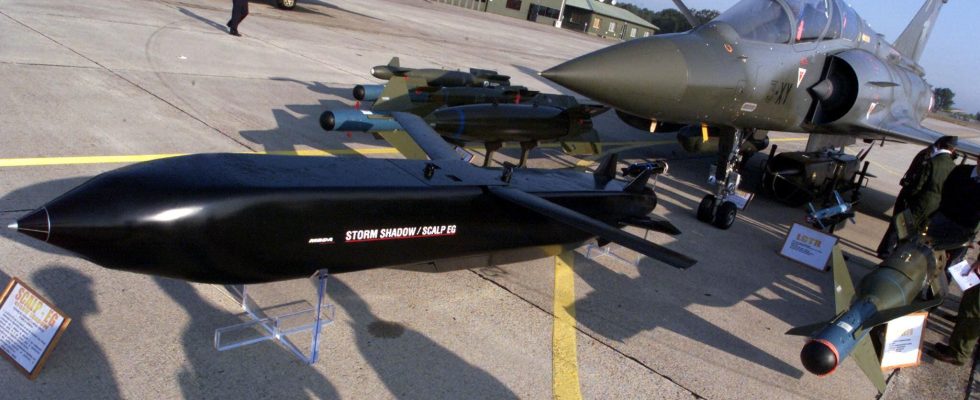An increase in demand… And, despite everything, arms sales slowed down by production problems. The revenues of the world’s main arms suppliers fell in 2022, due to production problems which prevented companies from meeting the increase in demand, amplified in particular by the war in Ukraine.
This is what researchers expose this Monday in a new report from the Stockholm International Peace Research Institute (Sipri). According to Sipri, sales of arms and military services by the 100 largest arms companies in the world reached $597 billion (€549 billion) in 2022, a drop of 3.5% compared to to 2021.
At the same time, geopolitical tensions, as well as the Russian invasion of Ukraine, have only fueled global demand for weapons and military equipment. In this context, the drop in revenue is “unexpected”, comments Diego Lopes da Silva, researcher at Sipri, for AFP.
A drop in revenues for American arms manufacturers
“What this decrease actually shows is the gap between a demand shock like (that caused by) the war in Ukraine and the ability of companies to increase their production to respond,” explains Diego Lopes da Silva.
According to the research institute, this situation is largely explained by the decline in revenues of major arms manufacturers in the United States, where they have faced “supply chain problems and labor shortages -work” arising from the Covid-19 pandemic.
The United States alone recorded a 7.9% drop in arms sales in 2022 but still accounted for 51% of global arms revenues that same year, with 42 American companies among the top 100. in the world.
U.S. arms suppliers are particularly vulnerable to disruptions in supply chains because the weapons systems they produce are often more complex than elsewhere. “This means that the supply chain is also more complex and has more stages, which makes it more vulnerable,” analyzes Diego Lopes da Silva.
Russian arms makers also saw their revenue fall significantly by 12% to $20.8 billion, the report showed. This drop is partly due to sanctions imposed on Russia, but could also be the result of payment delays on the part of the Russian state, notes the researcher. In addition, the transparency of arms manufacturers in Russia has decreased and only two Russian companies were included in the top 100 “due to a lack of available data”, notes Sipri.
Significant growth in the Middle East
In other regions of the world where the military equipment produced is less complex, manufacturers have been able to meet demand, such as the Middle East and Asia-Pacific. The increase was strongest in the Middle East with growth of 11% to $17.9 billion. A boon for Turkish companies in particular: Baykar, which produces drones widely used in Ukraine, saw its revenues jump 94%.
The combined turnover of Asia and Oceania arms suppliers increased by 3.1% to $134 billion in 2022. China, one of the world’s top arms exporting states, saw its eight arms companies included in the ranking increase their total revenues by 2.7%, to $108 billion.
Looking ahead, Diego Lopes da Silva sees no signs of demand slowing. “Order intake and order books for companies are increasing considerably,” he told AFP. Additionally, many European countries have committed to increasing their military spending in light of Russia’s invasion of Ukraine, with some targets extending to 2030. “This demand will continue in the years to come. We therefore expect military spending to continue to increase, and consequently, arms revenues as well, the researcher anticipates.
